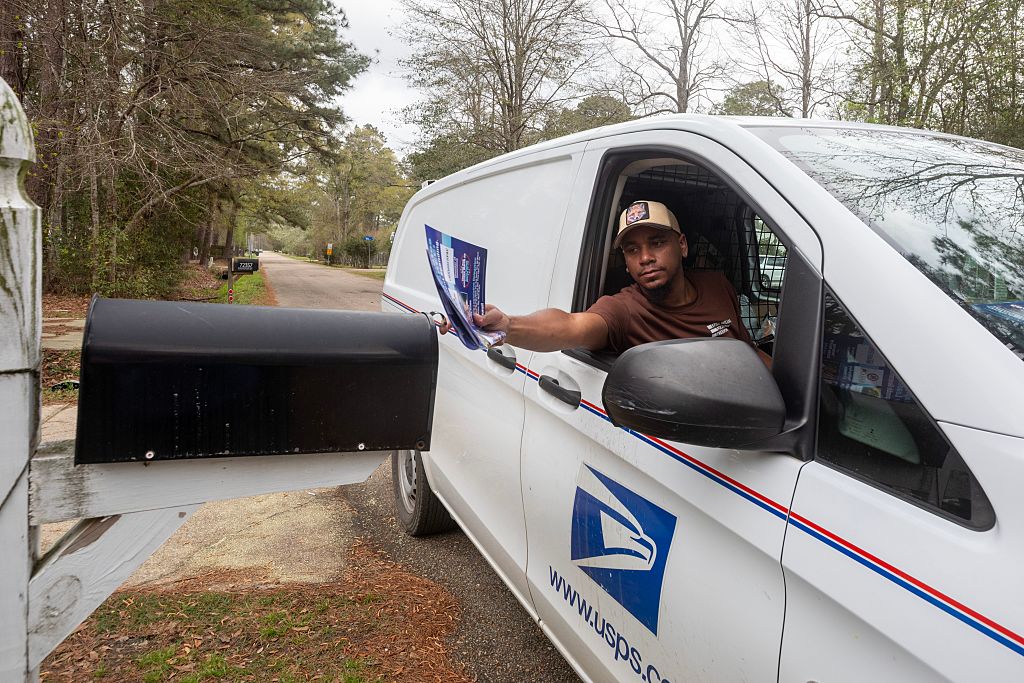USPS Mail Delivery Changes: What You Need to Know

The U.S. Postal Service (USPS) has implemented changes to mail delivery starting April 1 as part of a 10-year plan aimed at improving efficiency and saving the organization $36 billion over the next decade.
These adjustments come amid protests from postal workers and concerns about service reductions.
Here’s what you need to know:
1. USPS Undergoes Major Changes
- The USPS is making changes to streamline operations and cut costs, including job cuts and the introduction of electric delivery trucks.
- These efforts are part of a 10-year plan, “Delivering for America,” which includes a variety of changes to how mail is delivered.
2. Service Standards Adjusted
- First-Class Mail: Delivery will still take no more than five days.
- USPS Ground Advantage: Delivery time remains within the 2-5 day window.
- Other Mail Types: Expect possible faster delivery for marketing materials, periodicals, and some packages.
3. Faster and Slower Delivery
- 75% of first-class mail will see no change in delivery time.
- 14% of first-class mail will be upgraded to a faster standard.
- 11% will experience slower delivery, though still within the 1-5 day range.
- These changes are aimed at improving delivery efficiency.
4. Job Cuts and Retirement Incentives
- 10,000 jobs are being cut through early retirements, which reflects a 1.5% staffing reduction.
- Postal workers who opt for early retirement are eligible for a $15,000 one-time incentive.
5. Impact on Rural Areas
- Some rural customers may experience slower deliveries as USPS continues to overhaul its delivery fleet and systems.
6. ZIP Code System Update
- USPS is now using 5-Digit ZIP code pairs instead of the previous 3-Digit system for more precise delivery time expectations.
7. Track Delivery Times Online
- USPS has launched an online map to allow customers to check how long it will take to deliver mail between different ZIP codes.
8. Cost-Cutting Efforts
- The goal of these changes is to help USPS cut costs and improve efficiency, all while responding to financial challenges and rising competition from companies like FedEx and UPS.











